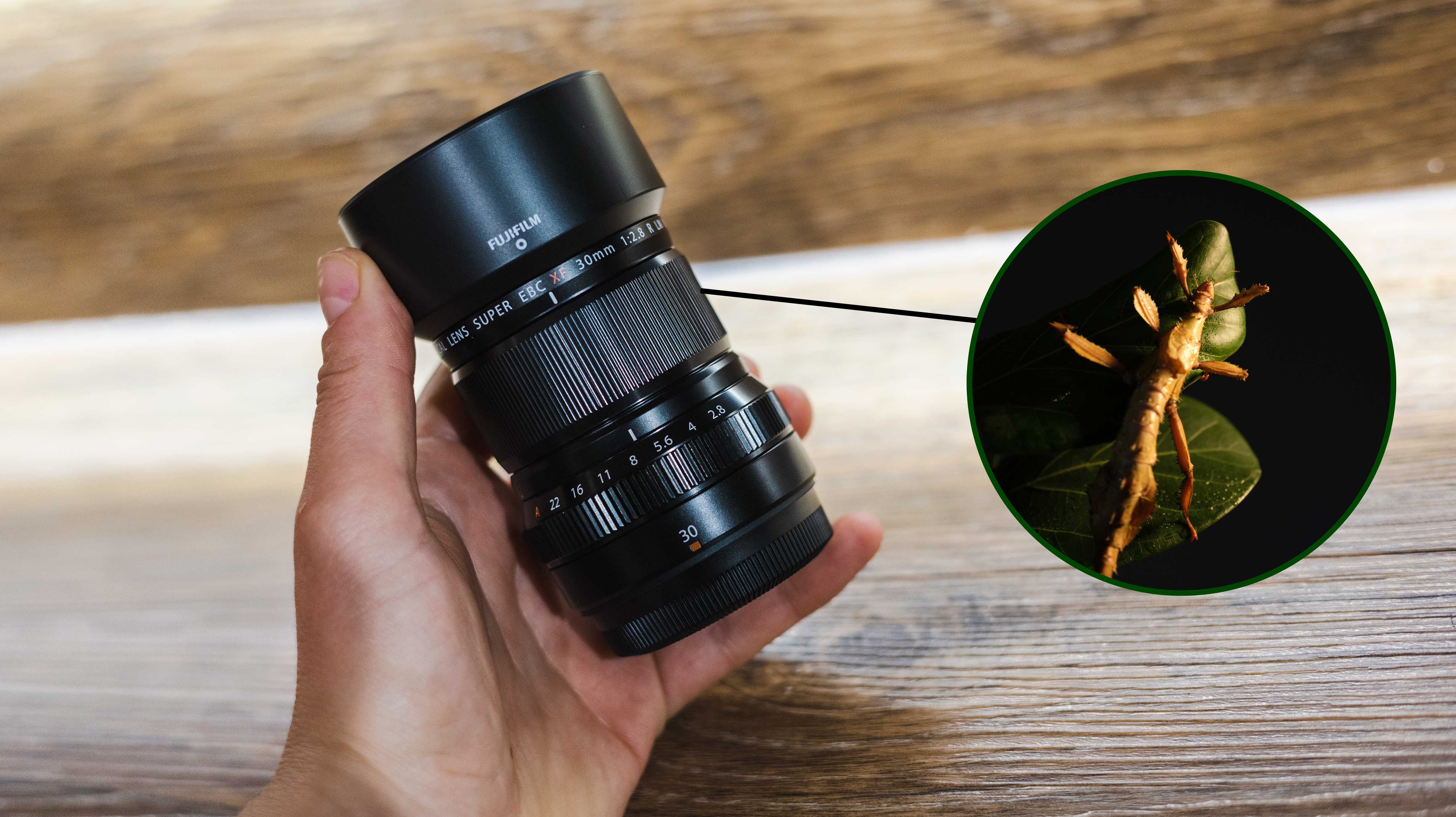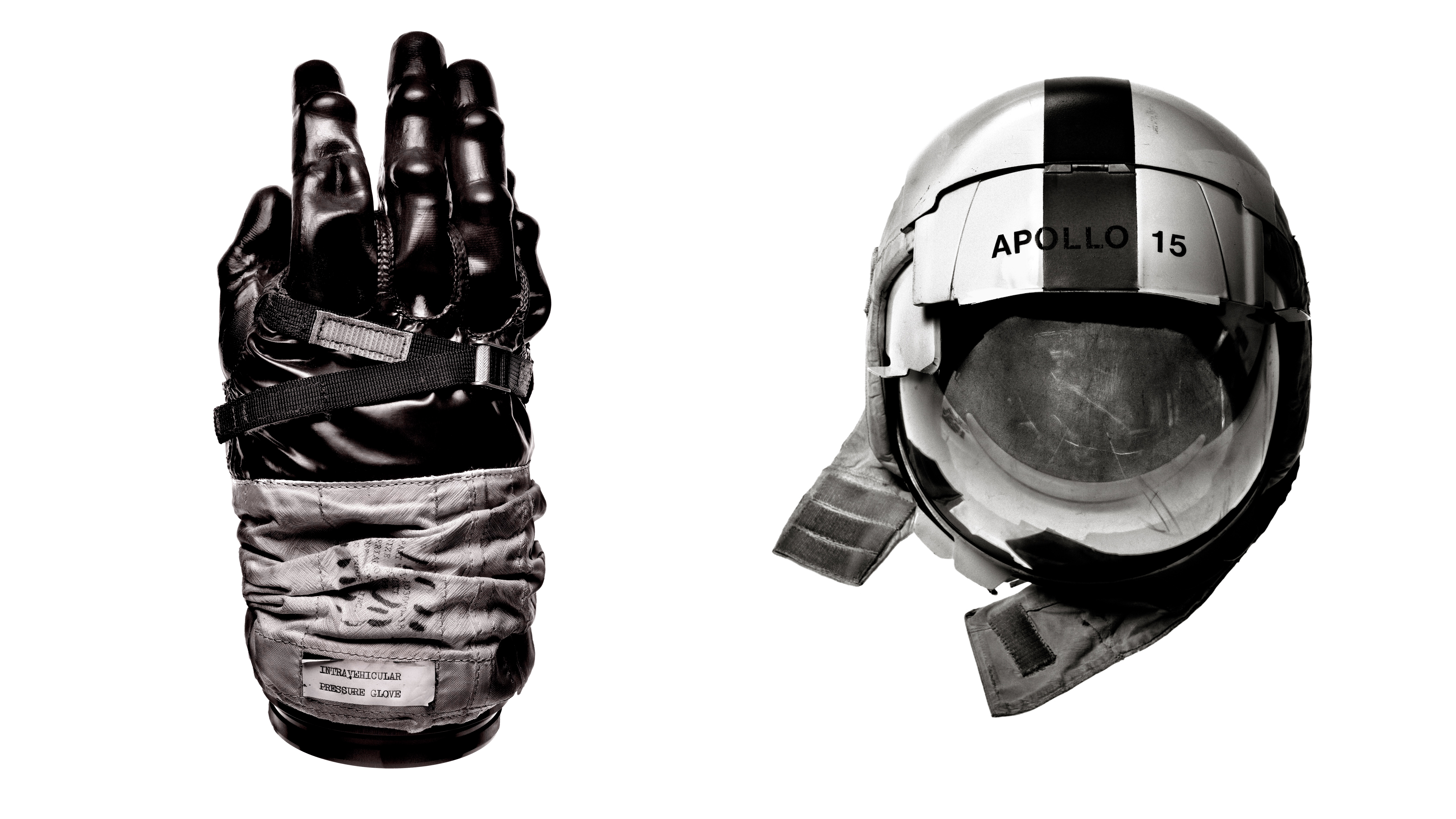Early Verdict
The Fujinon XF30mm f/2.8 R LM WR Macro lens is Fujifilm’s newest lens for its X-mount cameras. With the APS-C format crop factor of 1.5x, its standard 30mm focal length is equivalent to 46mm on a full-frame camera, and the 1:1 macro magnification ratio is equivalent to 1.5x. Image quality is good, autofocus is snappy and silent, and the lightweight build and price will make it appeal to plenty of hobbyist nature and product photographers. Not just a macro lens, this could be a great standard walkabout lens too.
Pros
- +
Lightweight design
- +
Affordable price
- +
1:1 magnification ratio
Cons
- -
Effective focal length is 46mm - too short for some macro
- -
No built-in stabilization
Why you can trust Digital Camera World
The Fujinon XF30mm f/2.8 R LM WR Macro lens is Fujifilm’s newest lens for its X-mount cameras. Due to the APS-C format crop factor of 1.5x, the standard 30mm focal length is equivalent to 46mm on a full-frame camera, and this gives you quite a lot of reach for getting close to subjects, especially given the 10cm minimum focusing distance and the 1:1 magnification ratio of 1:1 (equivalent to 1.5x in 35mm terms).
When Fujifilm's X-mount was launched in 2012, the first lens for specialist close-up photography was the Fujinon XF60mm f/2.4 R macro, not a true macro lens as it only gives 0.5x maximum magnification. It was followed by the Fujifilm Fujinon XF80mm f/2.8 R LM OIS WR Macro in 2018 – a lens that offered a 1:1 magnification and a longer working distance.
So what about the newly-released Fujinon XF30mm f/2.8 R LM WR Macro? Where does it fit in? Well at $599/£599, it's around half the price of the 80mm and less than a third of the weight, so it feels like a much more attainable option for users of Fujifilm's X-mount, both from a size and price perspective. You can see the true size difference in the images below, and let's delve into the specs and features...
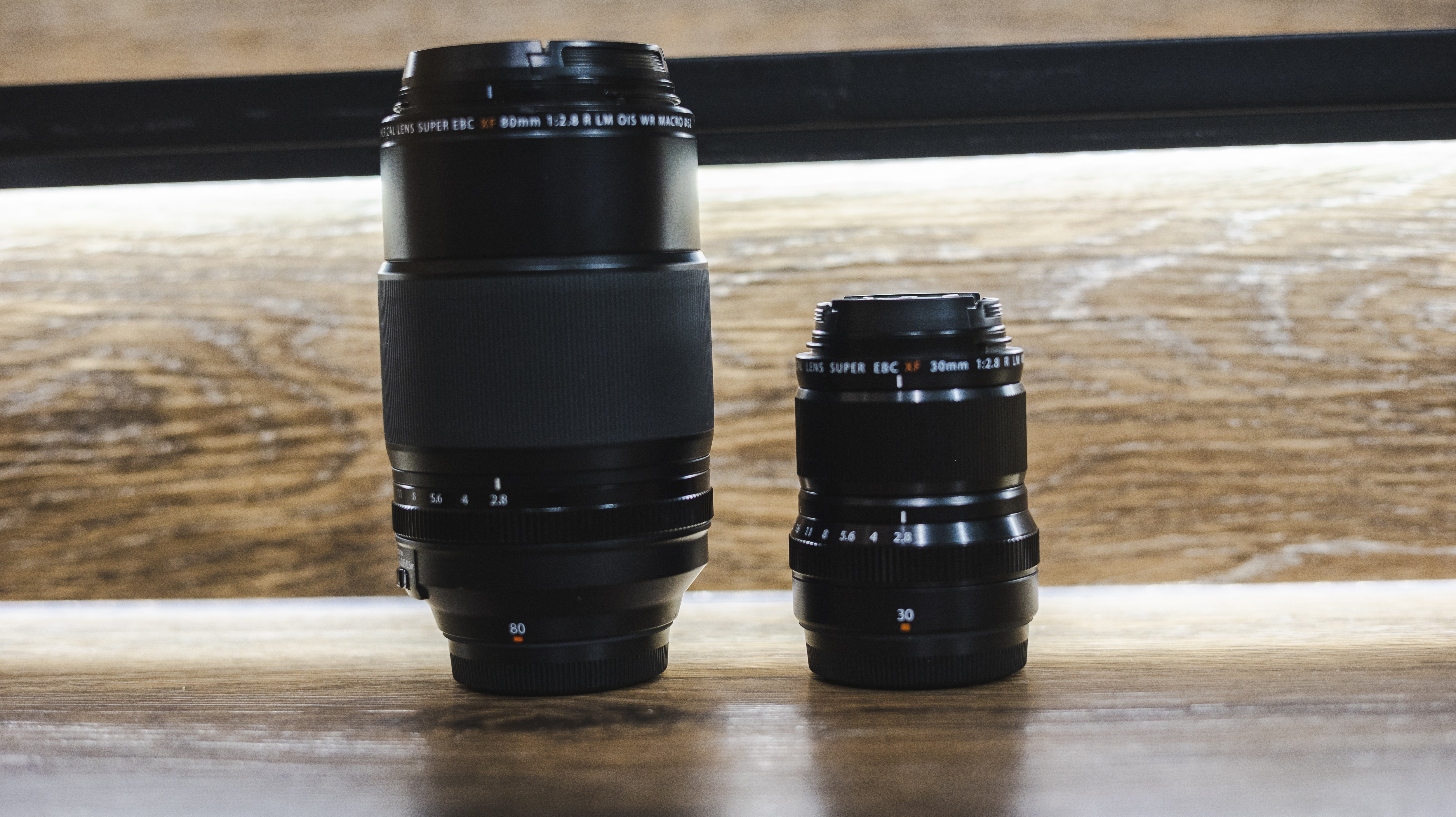
Fujifilm XF30mm specifications
Mount: Fujifilm X
Autofocus: Yes
Stabilization: No
Lens construction: 11 elements in nine group
Angle of view: 26.6 degrees
Diaphragm blades: 9
Minimum aperture: f/22
Minimum focusing distance: 10cm
Maximum magnification ratio: 1x
Filter size: 43mm
Dimensions: 69.5mm length
Weight: 195g
Fujifilm XF30mm features
The XF30mmF2.8 R LM WR Macro is actually a standard prime lens that is capable of macro photography at a 1:1 magnification ratio, and that means you can use it for standard photography too, think street, portraits, whatever you want to throw at it.
The focal length (which equates to 46mm in full-frame terms) is not quite long enough for photographing skittish dragonflies or butterflies, but it's plenty enough for portraits of plants and flowers and general product photography.
Fujifilm adds that "users can enjoy tabletop photography of going up close and personal to a subject in front of them in limited space, as well as a wide range of categories including portraiture and snapshots that take advantage of natural perspectives."
Feature-wise, there are no major bells and whistles, but everything works as it should. The lens is constructed from 11 elements in nine groups including three aspherical elements and two ED elements. This design should reduce chromatic aberration, spherical aberration and field curvature for high-quality images. Indeed, we noticed very little aberration in our limited hands-on time, but more thorough lab tests are still to come. An EBC coating has also been applied to the front of the lens to minimize flare and ghosting effects.
The XF30mmF2.8 R LM WR Macro lens uses an inner focus mechanism driven by a linear motor, and we found the operation to be very quiet and smooth – even at very close-up distances. When you're shooting skittish macro subjects you do want the focus to be near silent (plenty of high-end macro lenses will 'hunt' noisily) so it's a pleasure to hear (or not hear) the lens in operation when you're working at the closest focus distance.
Fujifilm says that accurate focus is as fast as 0.02 seconds thanks to the Inner Focus system. While we haven't timed this ourselves, we can certainly vouch for autofocus being snappy during the hands-on launch, even at the widest aperture.
Unlike a lot of the best macro lenses, the lens doesn't offer any built-in image stabilization to help compensate for handheld camera shake, but given its shorter focal length (and reasonable) this is neither surprising or too problematic.

Fujifilm XF30mm build & handling
When it comes to handling, it's pertinent to first say that the XF30mmF2.8 R LM WR is VERY small and compact, weighing just 195g and measuring shy of 70mm in length. It's nicely balanced on an X-H2 or X-T5 body, and you should be able to ditch the tripod and shoot handheld for as long as you want to (if the light levels allow), which is an even bigger bonus given that this is also a standard lens that you'll likely want to go walkabout with.
Physically, the lens operation is simple but neat. Like many of the best Fujifilm lenses, there's a manual aperture dial with markings on the barrel of the lens itself, and a rotation will change the aperture instantly with the usual one-third f/stop click steps. There's a smooth manual focus ring, too.
Construction is still solid despite the low weight. Metal has been used for parts that you come into contact with during operation, while other components have been "reviewed thoroughly to reduce weight".
Macro photographers often find themselves amongst the elements, and the lens is fully dust resistant, weather-sealed in nine places, and can be used in temperatures down to -10 degrees celsius.
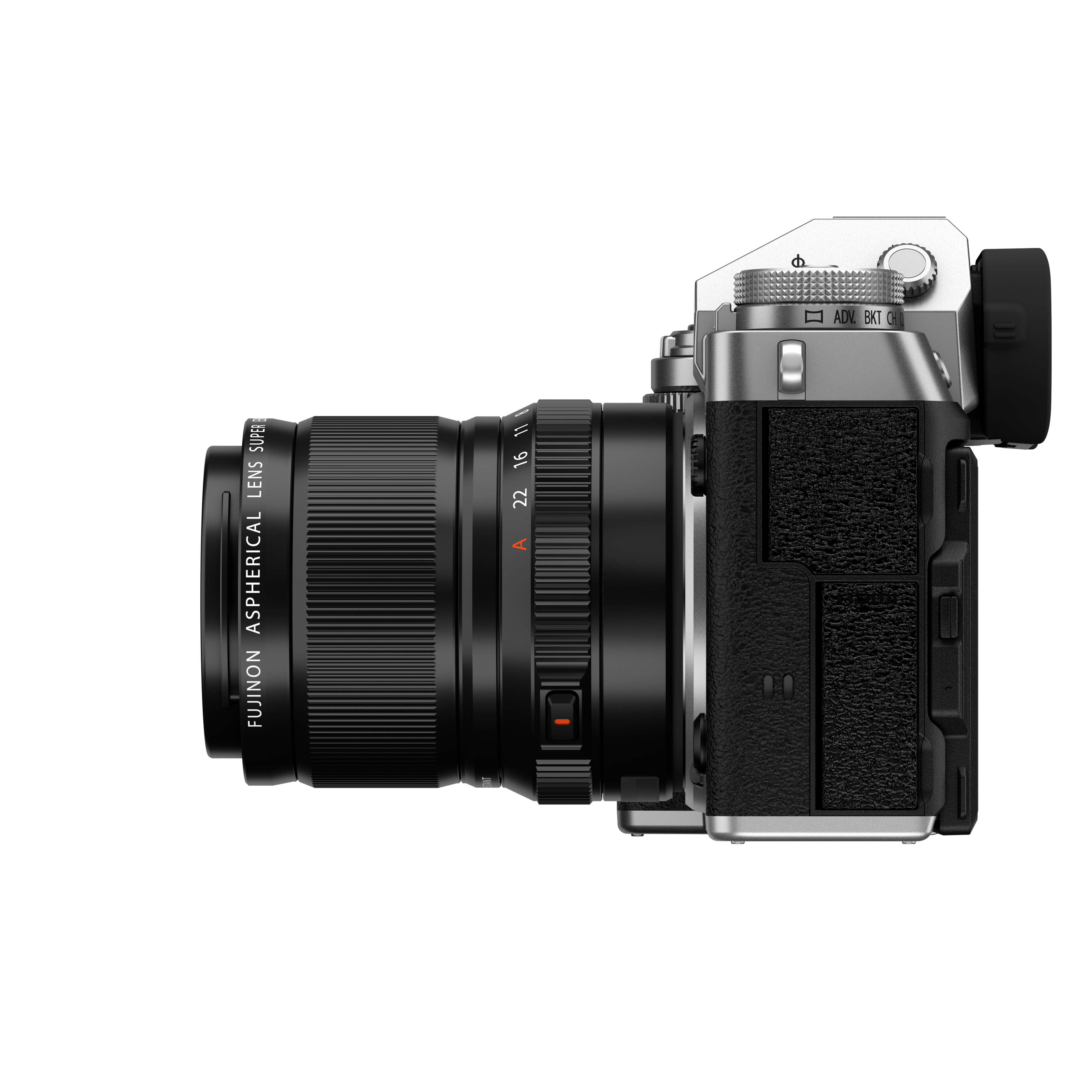
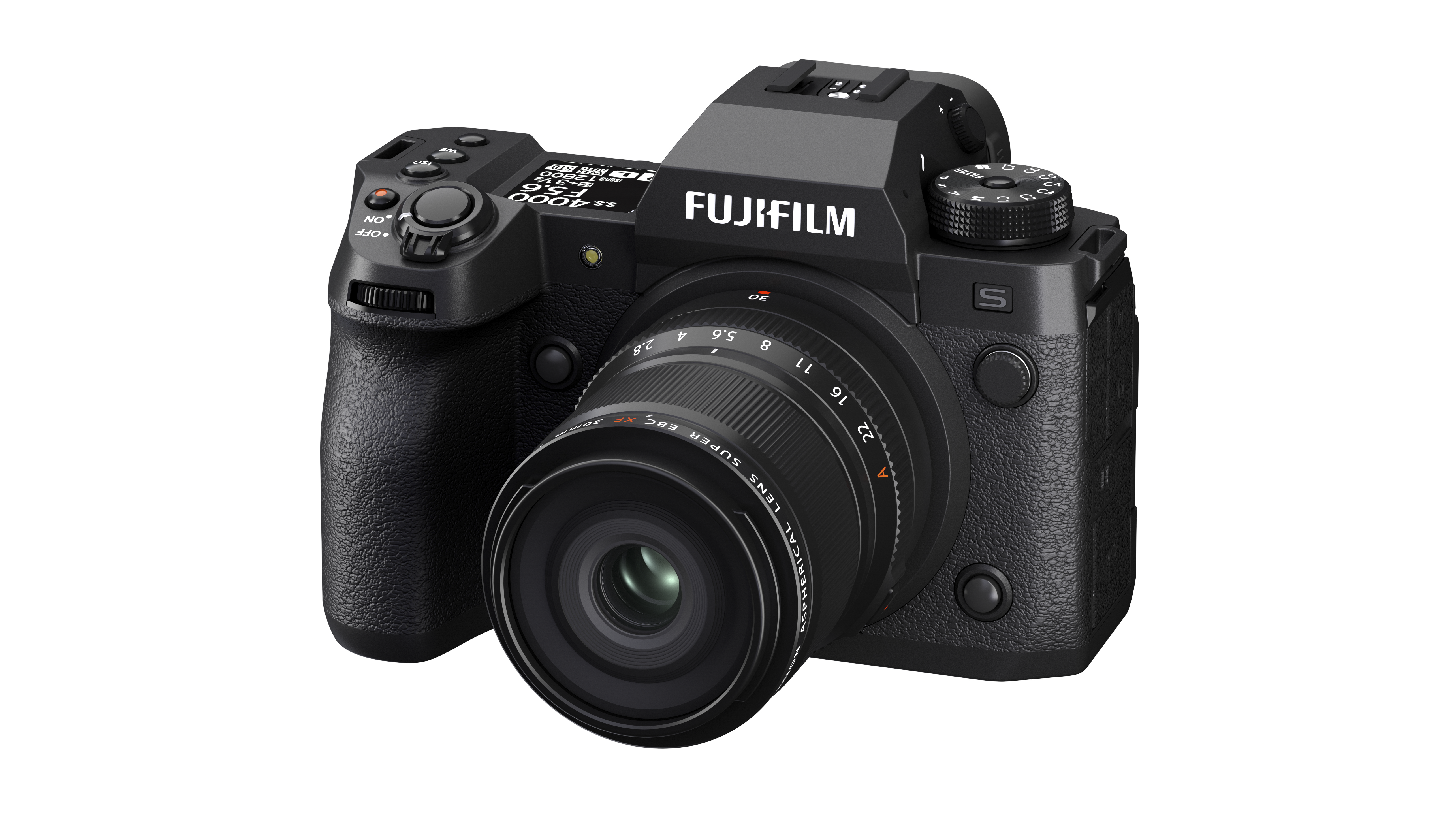
Fujifilm XF30mm sample images
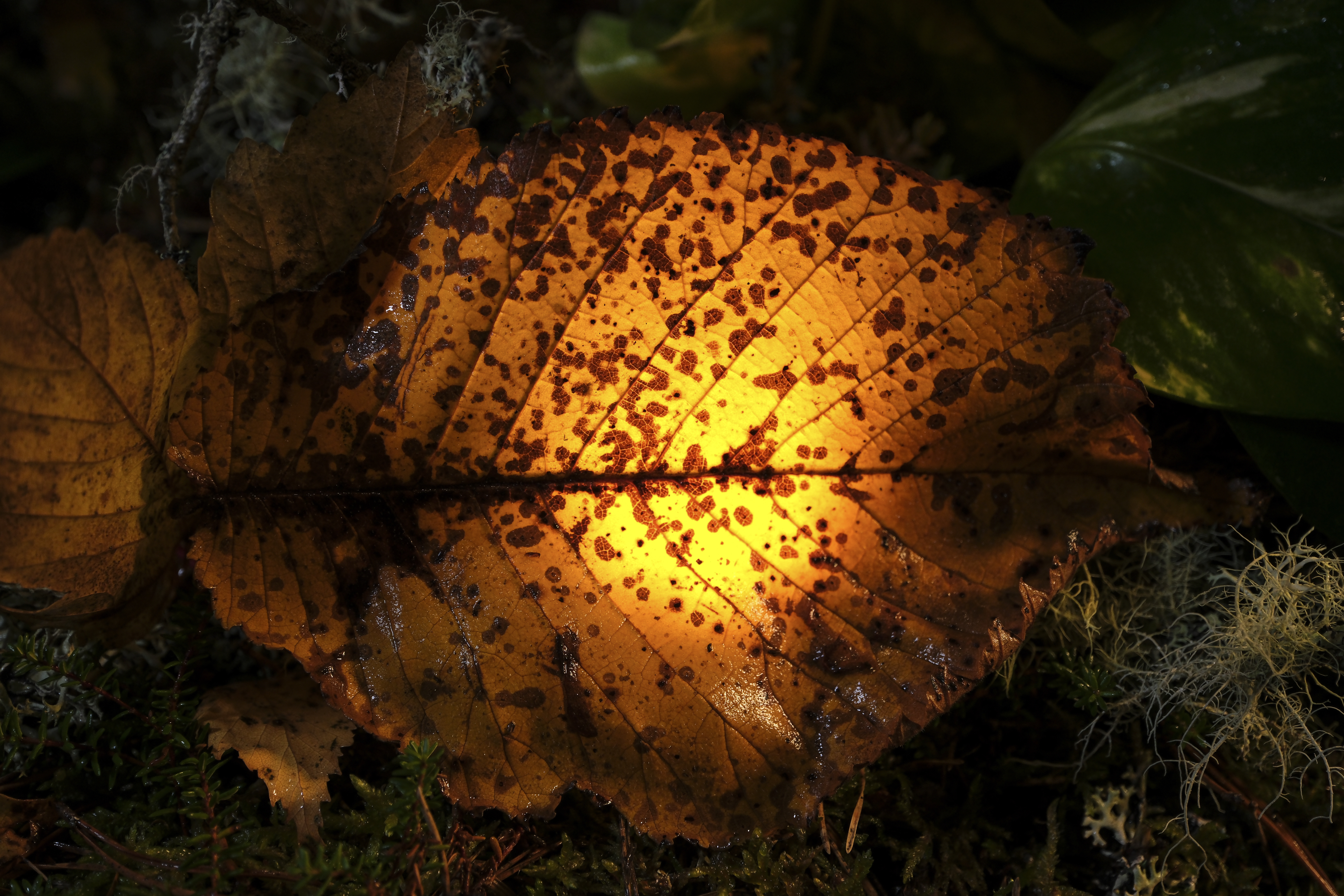

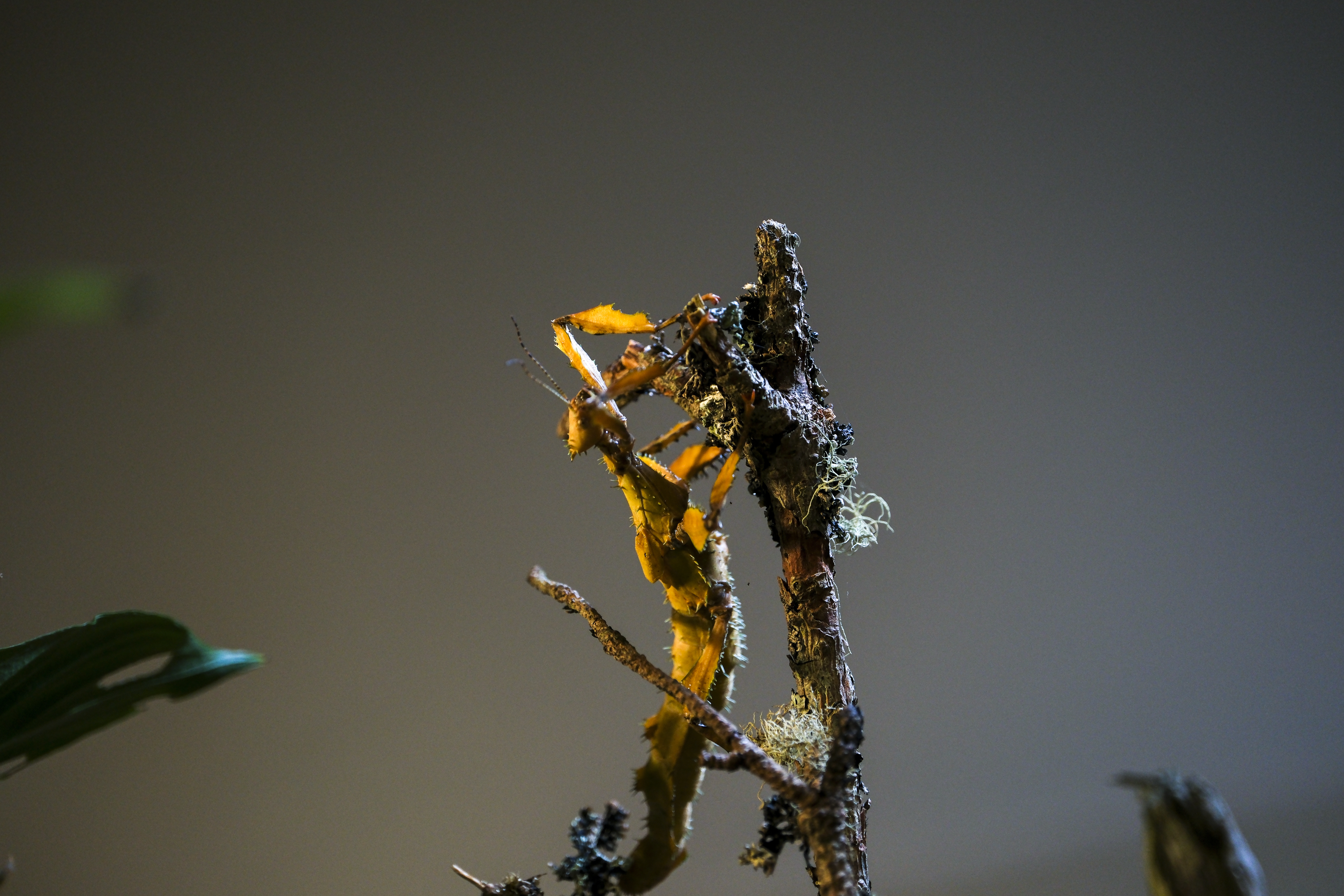

Fujifilm XF30mm early verdict
The XF30mm f/2.8 R LM WR Macro could be a brilliant entry-level lens for those photographers looking to dip their toes into close-up work without spending a fortune. From what we've seen so far, the image quality is above entry-level, however, and the lens performs well in low light along with the IBIS found in the latest X-Series cameras.
Due to the APS-C format crop factor of 1.5x, the standard 30mm focal length is equivalent to 46mm on a full-frame camera and the 1:1 macro magnification is equivalent to 1.5x magnification. That means you get a decent working distance from your subject, even at 30mm. Although we'll need to take a wider variety of sample shots and run our usual lens test in the lab, so far we're impressed. The image quality is good, and the lightweight build and price will make it appeal to plenty of hobbyist nature and product photographers.

Lauren is a writer, reviewer, and photographer with ten years of experience in the camera industry. She's the former Managing Editor of Digital Camera World, and previously served as Editor of Digital Photographer magazine, Technique editor for PhotoPlus: The Canon Magazine, and Deputy Editor of our sister publication, Digital Camera Magazine. An experienced journalist and freelance photographer, Lauren also has bylines at Tech Radar, Space.com, Canon Europe, PCGamesN, T3, Stuff, and British Airways' in-flight magazine. When she's not testing gear for DCW, she's probably in the kitchen testing yet another new curry recipe or walking in the Cotswolds with her Flat-coated Retriever.
